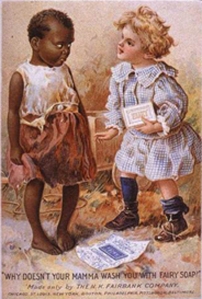
Corona is so confident with its beers association with the beach that it can have a label-less bottle in its commercial and still be effective.
There is something inherently right about a Corona on a sunny day at the beach. Why is this? Well, it’s really quite simple. Corona has focused solely on associating their beer with the beach. Seems…too simple. Does peripheral route processing ring a bell? For most of us, probably not. Peripheral route processing is a term used in psychology when talking about persuasion. Peripheral route processing uses cues–good-looking women, pro athletes, surreal environments–that trigger acceptance without much thinking. For Corona, the cue is the beach and the vast amount of things that relate to it. The beach isn’t just any beach, its paradise. The commercials also have no spoken words, just a bottle of Corona and a pleasant setting. A reoccurring theme in Corona commercials is the surreal, relaxed, paradise-like beach, attractive woman in a bikini and of course, the Corona.
There are a lot of important components other than the sight of a beach that compels buyers to consider purchasing Corona. Putting an audience into is good mood is key when using peripheral cues to trigger persuasion. What better way to fast track the audience into a pleasant mood than by playing sleep machine music as the audio for the commercial? The only sounds in the commercial are the soft sound of waves washing up onto a beach, a slight breeze, and seagulls. It is all about feelings. Generally, the beach has pretty good feelings associated with it because of warm weather, sunshine, water, fun, and relaxation. Corona emphasizes this in its commercials to play on the psyche of potential customers. Even though people might not see a Corona commercial and immediately want to go to the beach, it doesn’t mean that next time they do go to the beach, or someplace like it, that they wont grab a six-pack. Corona really plays on the situation that the consumer is or should be in while drinking a Corona.
The beach or something like it… What else is in these commercials that program us to associate Corona with the beach (or something like it)? The beach can represent many things that a potential buyer could associate his/her Corona purchase with. Going to the pool is kind of like…going to the beach. Lying out in the sun is kind of like…going to the beach. Relaxing on a warm day is kind of like…going to the beach. Are we seeing a trend here? This is exactly the trend that Corona wants its potential customers to see. If all these things can are kind of like going to the beach then people may be compelled by Corona’s commercials to purchase Corona when doing these things. The association of positive things is the key factor (because we know its not the taste) to Corona’s success.
















You must be logged in to post a comment.